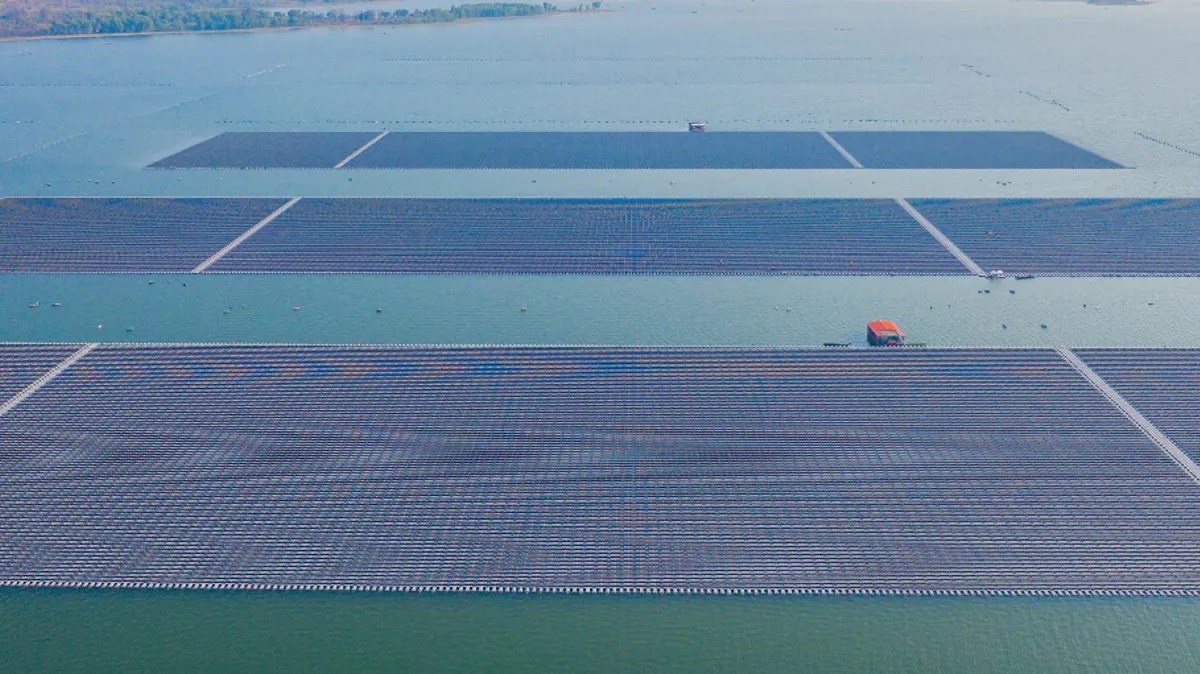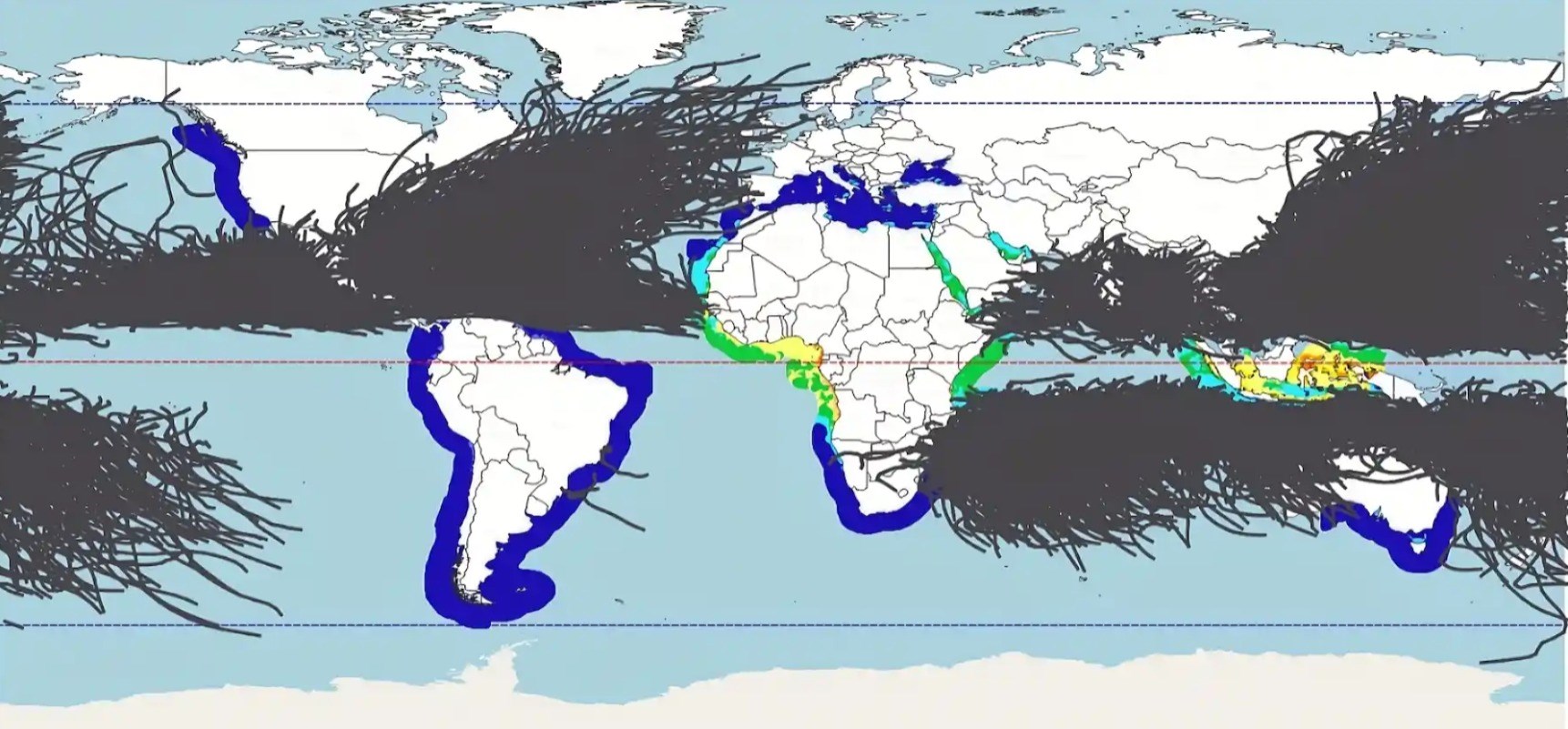 New scientific discoveries and technological advances demand more energy. The planet is increasingly polluted by fossil fuels, while powering electric vehicles, huge data centers and other areas with electricity. For this reason, it is extremely important to obtain energy in a clean way. Vast arrays of solar panels floating near the equator could provide unlimited clean energy to countries in Southeast Asia and West Africa, according to a new study.
New scientific discoveries and technological advances demand more energy. The planet is increasingly polluted by fossil fuels, while powering electric vehicles, huge data centers and other areas with electricity. For this reason, it is extremely important to obtain energy in a clean way. Vast arrays of solar panels floating near the equator could provide unlimited clean energy to countries in Southeast Asia and West Africa, according to a new study.Solar energy in equatorial waters
Engineering professors at the Australian National University have published a new paper in which they describe how some areas on the equator are ideal for floating solar power because the waters there are free of strong winds and big waves. Tropical storms are also extremely rare in these regions.
 The researchers claim that solar power floating in these waters can produce a massive production of up to 1 million terawatt-hours per year. Reportedly, this amounts to nearly five times more annual energy than would be required for a fully decarbonised global economy that supports 10 billion wealthy people.
The researchers claim that solar power floating in these waters can produce a massive production of up to 1 million terawatt-hours per year. Reportedly, this amounts to nearly five times more annual energy than would be required for a fully decarbonised global economy that supports 10 billion wealthy people.The waters are categorized as calm if the waves are less than 6 meters and the winds are weaker than 15 meters per second. The calmest waters are found in Indonesia and its environs, and in equatorial West Africa near Nigeria. Therefore, floating panels to be installed in these waters will not need excessive or costly engineering expenditures. According to the research, the Indonesian region has approximately 140,000 square kilometers of sea area, which has not experienced waves larger than 4 meters or winds stronger than 10 meters per second in the past 40 years.
According to the article, offshore solar power in Indonesia alone can generate about 35,000 terawatt-hours of solar energy per year, which is matched by the country’s current annual electricity production of 30,000 TWh. However, if wind and wave patterns don’t change much due to climate change, placing floating solar panels in waters near the equator could be a creative and clever solution to power large populated areas that don’t have a lot of land to work with. Of course, the effect of the solar farm to be established on ecology should also be examined.